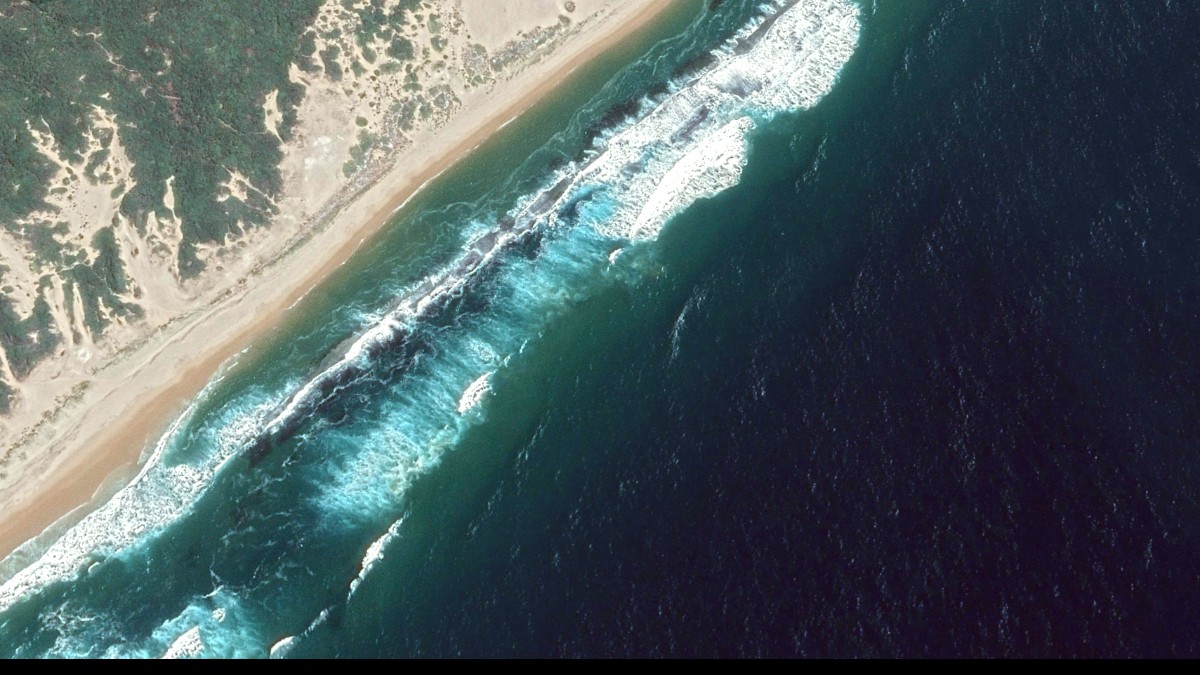
Mozambique
Inhambane's historical structures and local spots provide a window into its rich past and daily life. Explore these locations to experience the city's unique charm.
These sites collectively portray Inhambane's diverse heritage as a trading port and cultural melting pot.
Inhambane town is generally less crowded than Tofo's beachfront area, offering a more peaceful exploration.
No major archaeological sites or ancient ruins open to tourists in the immediate Inhambane area.
Inhambane Town: The entire downtown area can be considered a historical district. Explore its colonial buildings, narrow streets, and traditional houses showing Portuguese colonial influence.
Inhambane Cathedral (Catholic) and the Old Mosque (Islamic) represent the city's diverse religious heritage. Visitors should dress respectfully.
A few smaller monuments exist within Inhambane town, typically relating to Mozambican independence or local heroes.
The old railway station and remnants of port infrastructure hint at Inhambane's past as a significant trading and industrial center.
Inhambane’s natural beauty is a main draw, especially its stunning coastline and rich marine ecosystems.
These gentle giants are present year-round, with peak sightings from October to March, notably for young whale sharks from January to March. Ocean safaris offer the chance to swim alongside them.
Present year-round on the reefs, especially at sites like Manta Reef. They are a major draw for divers.
These magnificent creatures migrate through from May to November, with peak sightings in July through September. Whale watching boat trips are popular during this season.
Dolphins, various colorful reef fish, turtles, and occasionally dugongs (though rare) inhabit these waters.
The mangrove areas and the edges of Inhambane Bay attract a variety of bird species, offering opportunities for bird watching.
A small sand island that emerges in Inhambane Bay at low tide, famous for finding the delicate, star-shaped pansy shells. Accessible by dhow trip.
Ponta da Barra Lighthouse offers panoramic views of the ocean, Inhambane Bay, and the surrounding coastline. The Dunes of Tofinho provide scenic views of the coastline and the Indian Ocean.
No formal national parks or extensive botanical gardens in the immediate vicinity of Inhambane town or Tofo/Barra. Natural beauty is mainly found in its pristine coastal landscapes and marine environments.
Tofo Beach is a long, wide, golden sandy beach. Barra Beach is quieter, with calmer waters. Ponta da Linga Linga is a secluded peninsula within Inhambane Bay, known for pristine, calm beaches.
The large, sweeping Inhambane Bay, a drowned river valley, and the dramatic coastal dunes separating Tofo from the bay are geological features that shape the landscape and offer unique vistas.
Venture beyond the well-known spots to discover Inhambane's less-explored treasures and authentic local experiences.
These hidden gems offer unique perspectives and quieter moments away from the main tourist areas.
Explore the less-traveled paths for unique ecological and cultural insights.
Discover places cherished by locals for a more authentic experience.
Capture breathtaking moments that reflect Inhambane's unique beauty.
Be respectful and mindful of local customs, especially when taking photos of people. Always ask permission.
Discover areas gaining recognition, offering more secluded experiences.
Ideal for those seeking tranquility and exclusive marine encounters.
Beyond tourist hotspots, experience the everyday life of Inhambane.
These spots offer cultural immersion away from the usual tourist circuit.
Best at sunrise or sunset with traditional dhows silhouetted against the sky.
For whale sharks or manta rays, capturing once-in-a-lifetime shots.
Panoramic views of the ocean and bay at sunrise or sunset.
Plan to spend at least one full day exploring Inhambane town.
Its historical buildings, market, and port offer a rich cultural experience that complements the beach and marine activities of Tofo and Barra.